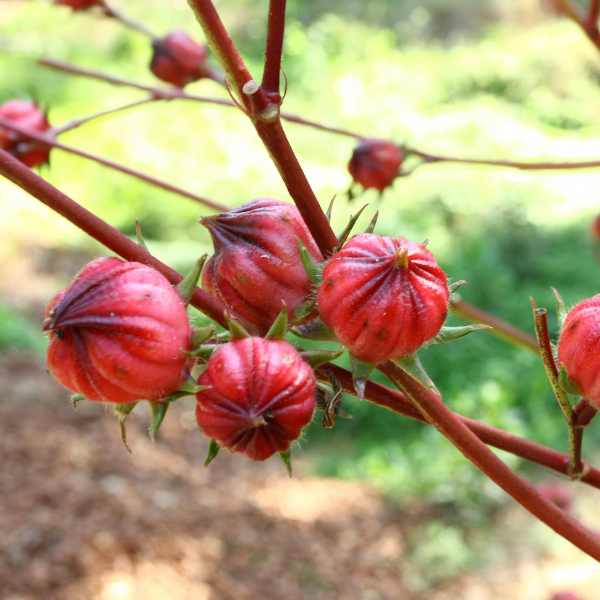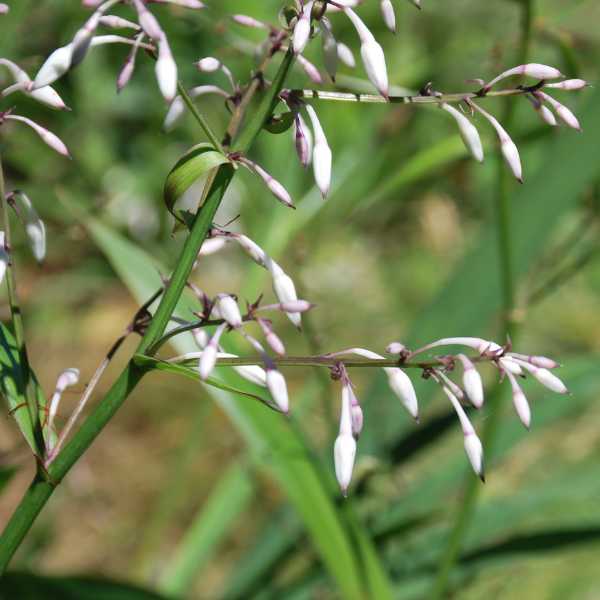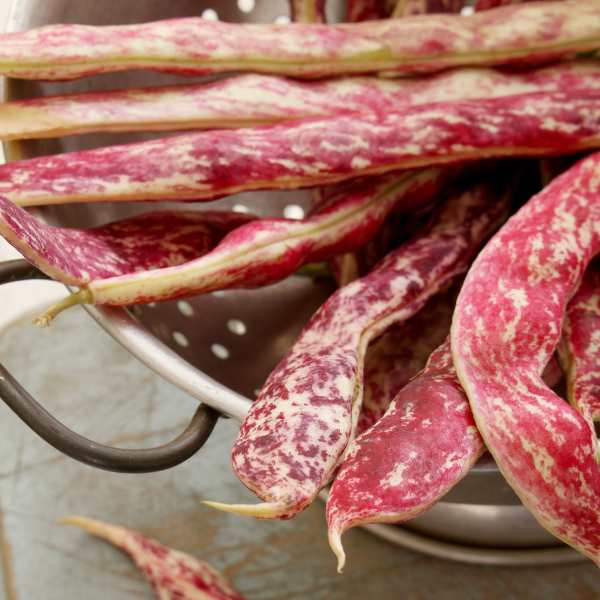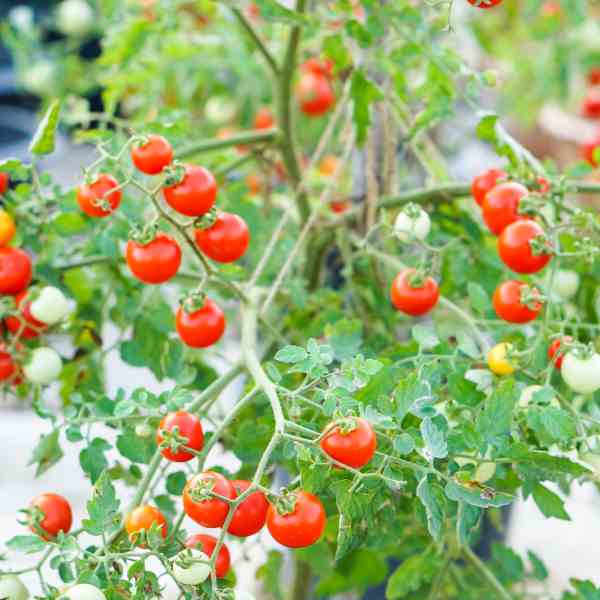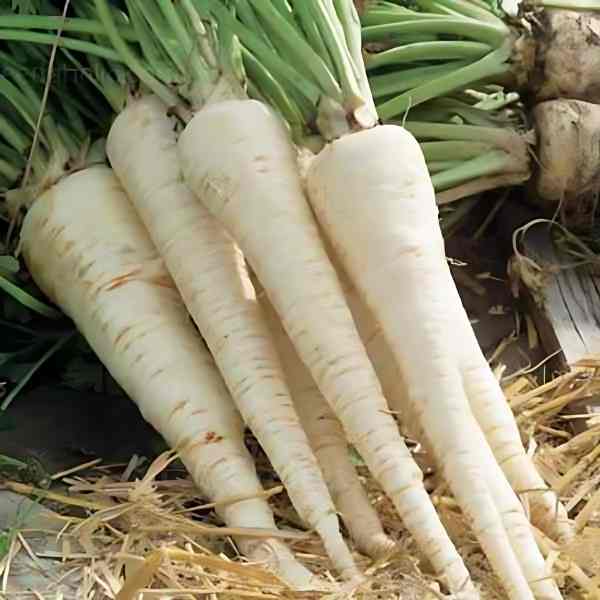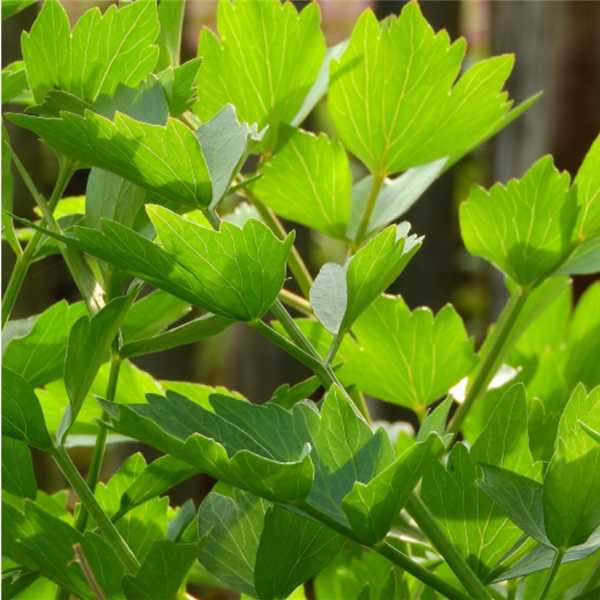Beauty and the Bean
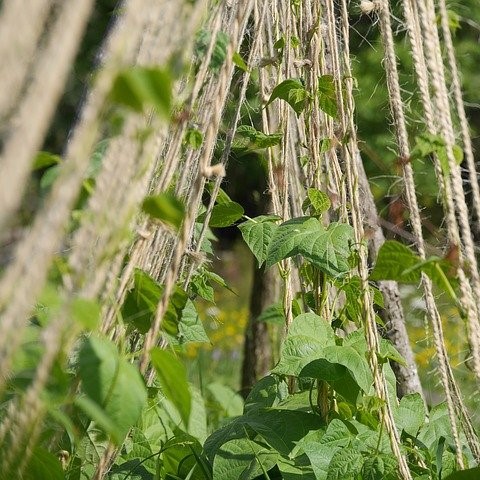
Beans are a summer staple. Easy to grow and who doesn’t like to eat them. They are an affordable source of protein, fiber, iron, and vitamins, as well as being utterly delicious. They can also be an attractive addition to the garden with their beautiful bean flowers.
Sunshine
Full sun is the order of the day for growing beans, but providing some temporary shade in super-hot, dry, windy weather will stop them burning. Climbing beans will need support as they get up to 2m high and a wire trellis, fence line or frame can be used to prop them up. You can get creative and make a tee-pee or an archway to grow your beans over.
Bedtime
The ideal soil for beans should be rich, deep, and have a neutral pH. The soil needs to have good drainage but beans don’t really like sandy soils very much. Improving sandy soil with nicely aged compost will do the trick. Mulching is also good to keep roots cool and deter weeds but ensure the mulch doesn’t touch the stems of the beans, as this can lead to the stem rotting.
Feed Me
Feeding beans is totally unnecessary except for a wee bit of blood and bone sprinkled around at planting time. If growing from seedlings, make sure seedlings don’t come in direct contact with the Blood and Bone. Beans have a wonderful relationship with bacteria in the soil that enables them to ‘fix’ their own nitrogen from the atmosphere. Feed with a seaweed solution when the beans are flowering to promote higher yields.
What about the Water?
The biggest water issue with beans is not so much under-watering but over-watering. Overwatering is a significant issue if planting beans from seed or when seedlings are very young. If the plants are getting too much water the leaves will become yellow, so keep an eye out for this. When planting seed, put them in a damp, not soaking soil, then leave them for a few days.
Are We There Yet?
Ten weeks is a good forecast for when you can expect to harvest your beans Do this before the seeds have swollen to make the pod lumpy and they’ll taste better. It’s best to harvest manageable numbers of beans regularly as this will promote more flowering and more tasty bean pods. Every few days is a good rule of thumb.
Pests and the Rest
Beans are quite simple to grow but it doesn’t mean that they are without their issues. We’ve seen that they don’t like too much water, dislike too much fertilizer and hate being touched by mulch. Powdery mildew caused by humidity, water on the foliage or poor air circulation can be an issue. An easy solution is when you plant your beans to give them some space for ventilation. Try to avoid watering the leaves is another good preventative measure.
Halo blight is another funky fungal issue and first appears as leaf spots with holes. Leaves will eventually progress to becoming light green with dark green veins and it will eventually kill infected plants. The best thing to do here is to remove and destroy all infected plants (but not into the compost). Plant your replacement bean seeds in a different spot.

